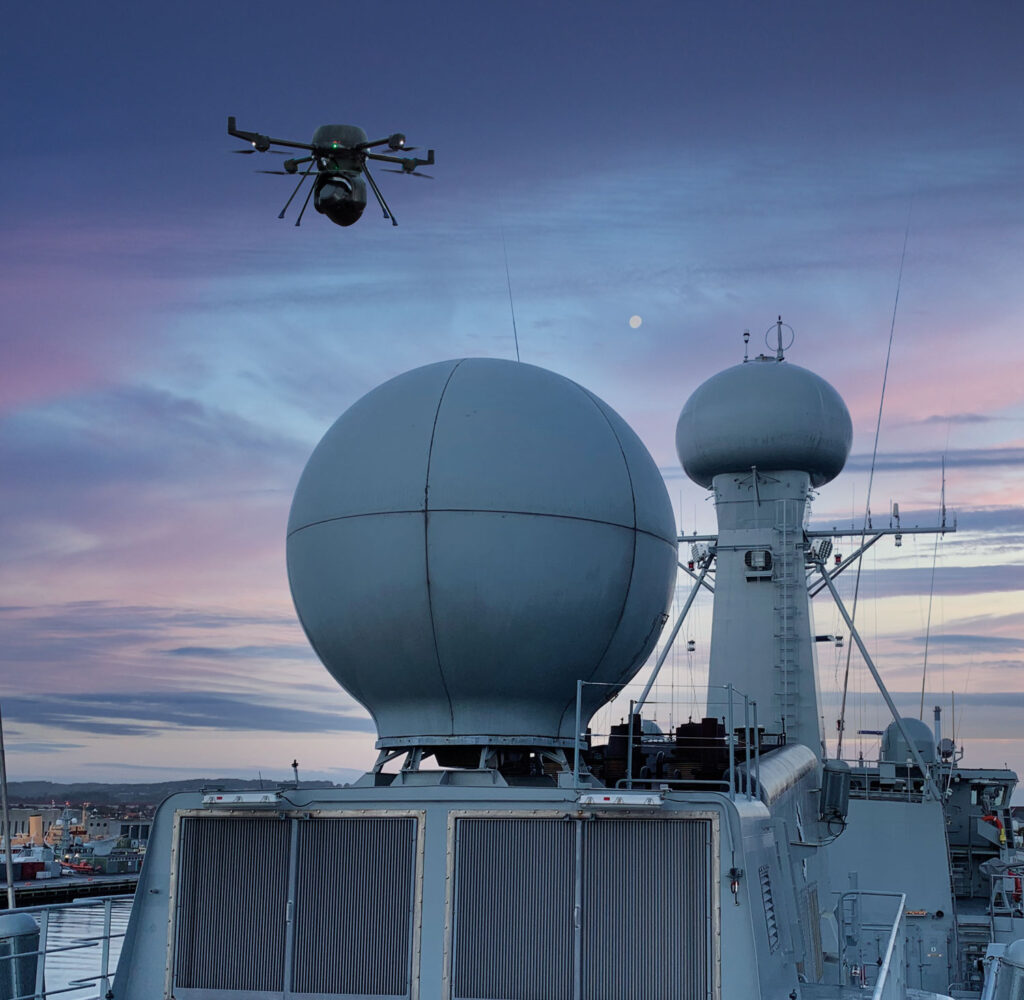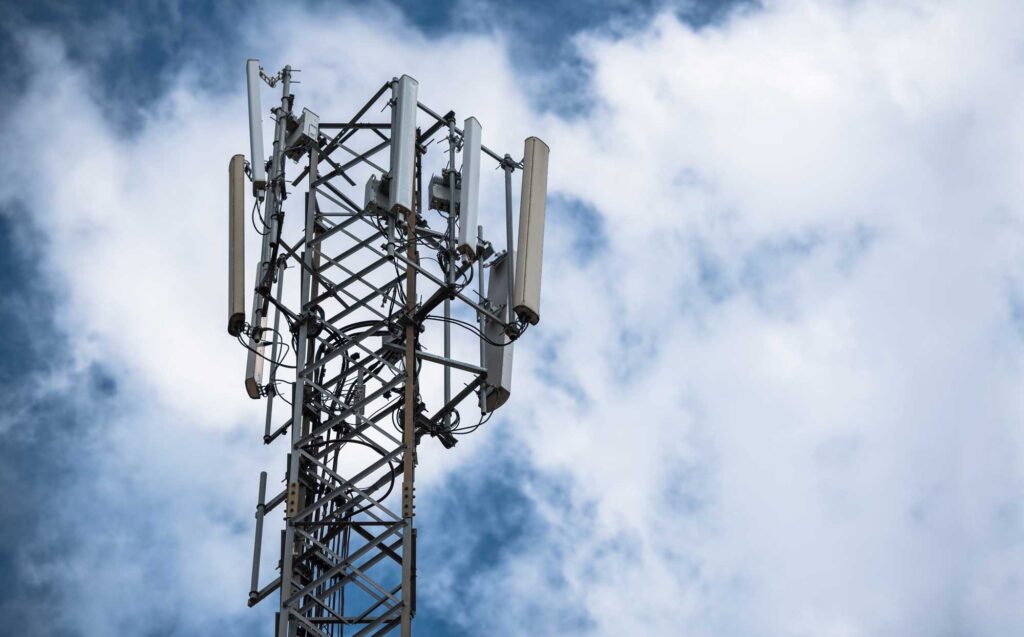The satcom industry is currently at a pivotal stage in its growth. Increased demand for connectivity and high availability, combined with technological developments, are creating immense opportunities. We’re seeing unprecedented expansion in LEO, as well as a visible move towards networks that span multi-orbits and frequencies. At the same time, the industry is also facing increased competition from emerging technologies in the form of 5G, 6G, and IP. To remain competitive and maximize the available opportunities, it is critical that networks are optimized, and that RF interference is mitigated. To ensure that antennas are operating efficiently and effectively for the duration of their life, it is essential that antennas are tested not just once when they are first put in to use, but also continuously throughout their life.
Why one test is not enough
Environmental factors
While antenna testing has always been a key part of ensuring satellites are operating properly, the focus has tended to be on testing the antenna before it goes into operation. Initial testing involves a factory acceptance test which is carried out after manufacturing is complete, and before the antenna is shipped. Relying solely on this factory testing method can be problematic because it does not take into account environmental factors that can, and do, impact how an antenna functions. Although a site acceptance test is completed when the antenna is on site before going live, it is not rigorous in the same way as factory testing so may not pick up issues caused by environmental factors. This could include line of sight issues, such as buildings, trees, or interference from other equipment in the vicinity, for example.


Changes to environment
Even where it’s been established at installation that there are no environmental factors impacting an antenna’s efficiency, it’s not unusual for environmental changes to occur post installation. There is every possibility that these changes will have a critical impact on gain and radiation patterns, thereby reducing an antenna’s performance. Ongoing testing is needed throughout an antenna’s life to detect these kinds of issues.
Degradation over time
RF equipment degrades over time, and this can impact performance and cause interference to occur. When this happens, operators use the tools and set processes to detect and resolve interference. The problem with this kind of reactive approach is that if issues are not identified until interference or other problems affecting service arise, the damage in terms of reputation and costs incurred is already done. To prevent interference or other problems, it’s important to test antennas regularly while they’re in use. This may seem like common sense so why is it not already happening?


Networks launching and expanding
As networks launch and expand, challenges may arise that were not there at the point of initial installation. An antenna’s ability to function optimally can be affected when new satellites or networks are launched, or when new antennas are added to a network. Given how many satellites are predicted to launch over the next decade, and with the added complexity of multi-orbit networks, regular testing to detect these kinds of issues and make sure that antennas can handle changes to the environment is absolutely paramount.
Challenges of ongoing testing
Although operators would agree that ongoing testing through the duration of an antenna’s life is preferable, it doesn’t always happen for a number of reasons, and this comes down to the testing process. Historically, in-field testing hasn’t been a viable option because it involved significant resource investment to build housing for test equipment, and even then, tests would’ve likely been subject to constraints not experienced by a designated testing facility. This is why antenna testing has instead generally been carried out at testing facilities.
However, to do this requires the antenna to be transported to and from the facility which can be a logistically complex and costly operation. Added to that, there is also the potential for downtime while the antenna is being tested, which can incur further costs. So, given the cost, time and effort associated with testing, it’s not surprising that many operators take a reactive approach over a proactive approach. This may have been acceptable in the past when both sky and ground segments were less complex, but this is rapidly changing, and it’s becoming increasingly important to identify degradation before issues arise, both at operator and industry level.
Removing the barriers
Ongoing testing will enable operators to optimise the performance of equipment, something that is critical if they are to remain competitive and maximize available opportunities. Quadsat’s drone-based system for test and verification of radio frequency equipment makes it possible to regularly test antennas on site, in a reliable and cost-effective way. This method of testing provides operators with a flexible way to test RF equipment on-site, removing the need to transport antennas to a testing facility.
The Quadsat drone-based system consists of state-of-the-art drone technology integrated with a custom RF payload, and automation and measurement software. It is fully automated, and operationally flexible so can be used anytime and anywhere.
The Quadsat team will be at AMTA from 8th – 13th October. Book a meeting or visit us on booth 300 to find out more.



